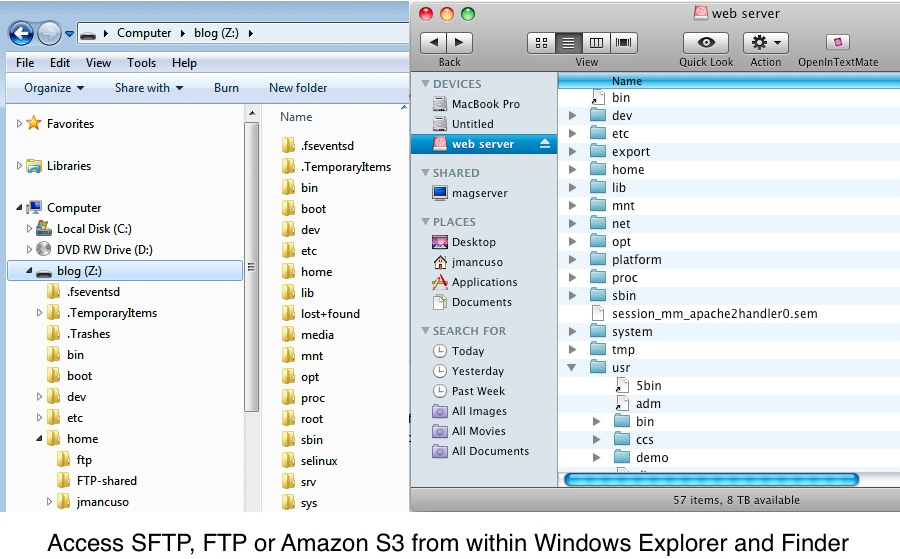

Let’s take a look at some of the approaches out there, and how LucidLink is different. It is a cloud file system optimized for object storage. Simply put, LucidLink is not a gateway, and not an app that syncs files over SMB, NFS or CIFS. In the words of one senior level storage expert at AWS, “This is the first truly cloud first implementation for S3 storage I’ve seen, and I think it has the potential to really shake things up.” When we first started speaking with customers, describing how LucidLink allows them to mount and use cloud object storage as primary storage, they would often respond, “But can’t do that?” And the answer is usually, “sort of.” They often dealt with the same problem, but the solutions were constrained by existing technology – a cloud first, streaming, distributed file system, sold as a service, didn’t yet exist. In the case of a cloud native application, sharing the data with traditional applications becomes challenging. The only time you can avoid this is when the application itself has been refactored or written natively for object storage. In AWS-speak, you use “puts” and “gets” as you push a file up and into a bucket, or retrieve it. There is no file system associated with object storage, so to use the data (objects) stored there, they must first be translated or ingested into an existing file system. This takes time, consumes space, and creates a new copy which must be kept in sync with the source of truth and kept secure. Therefore any use case for cloud object storage, outside of backup and archive, focuses on pulling the file from the cloud to the device where the application resides. LatencyĪpplications expect their data to be next to them, and do not deal with latency well – most file based applications are developed with local disk/LAN type latency in mind. What these solutions have in common is in that they must deal with the two primary challenges associated with cloud object storage – latency and interface.

Yet, when you begin peeling the marketing layers off these solutions, one soon discovers they come with pretty significant trade-offs. It’s a common question, “How can I mount and use S3 storage for production workloads?” It makes a lot of sense – elastic, highly durable, and cost effective – sounds perfect! And if you Google it, you’ll find plenty of solutions and products available.


 0 kommentar(er)
0 kommentar(er)
